In the first of our webinars, Ian and Alex dissect the industry catchphrase of the moment, ‘Experiential Retail’. While some may feel the word ‘experiential’ is overused, it can be found at the heart of many of today’s most successful retail concepts. Acknowledging the lack of a common industry definition of ‘experiential retail’, we introduce our Retail Experience Framework, which we use with our clients to discuss, define and ultimately create retail experiences that are right for their customers and their brands. As those stores that meet customer’s expectations and needs by creating engaging interactions that are personal, relevant and unique, will strengthen their customer’s relationship with a brand, and stand to win.
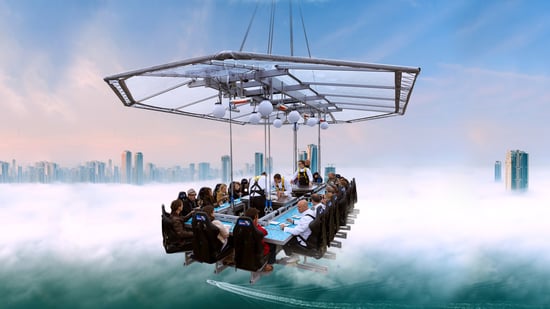


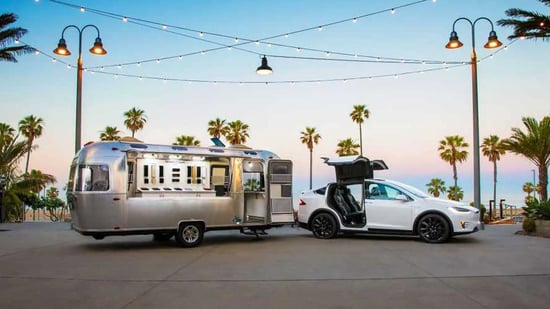


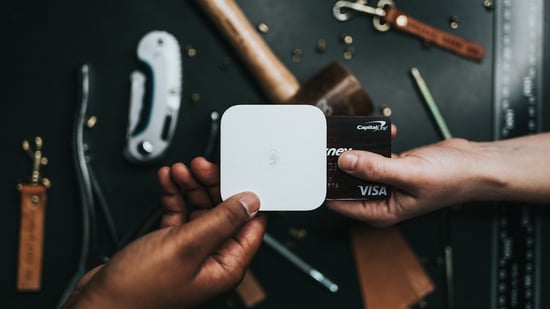


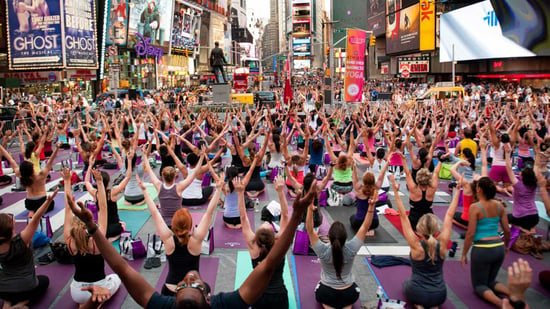


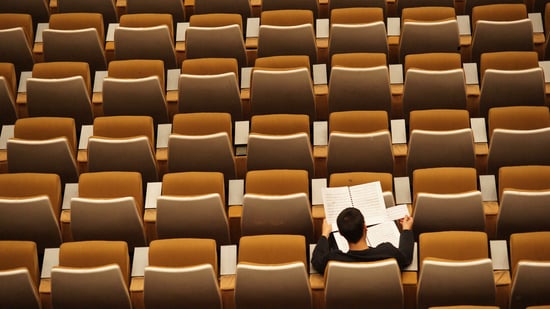


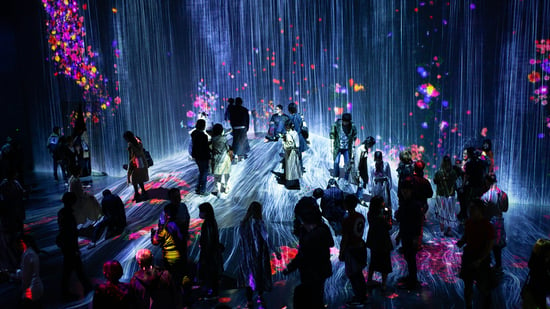 Episode 06
Episode 06

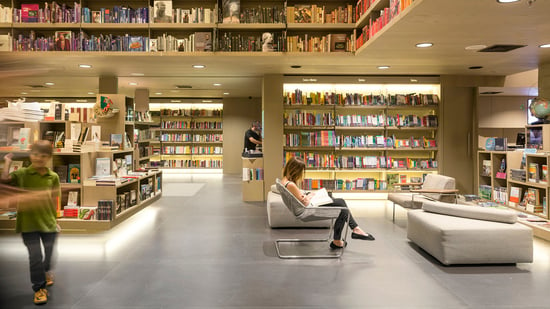 Episode 07
Episode 07
